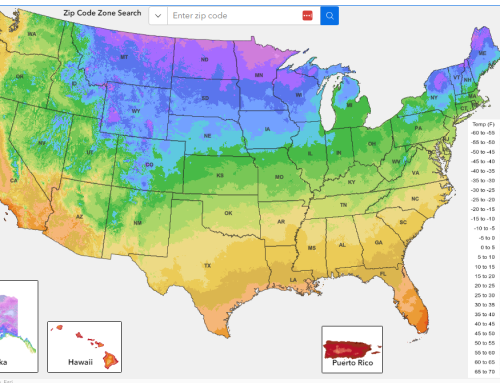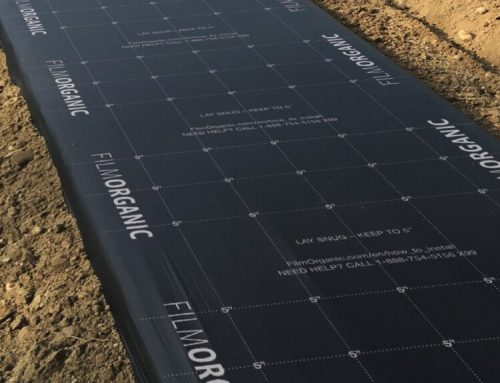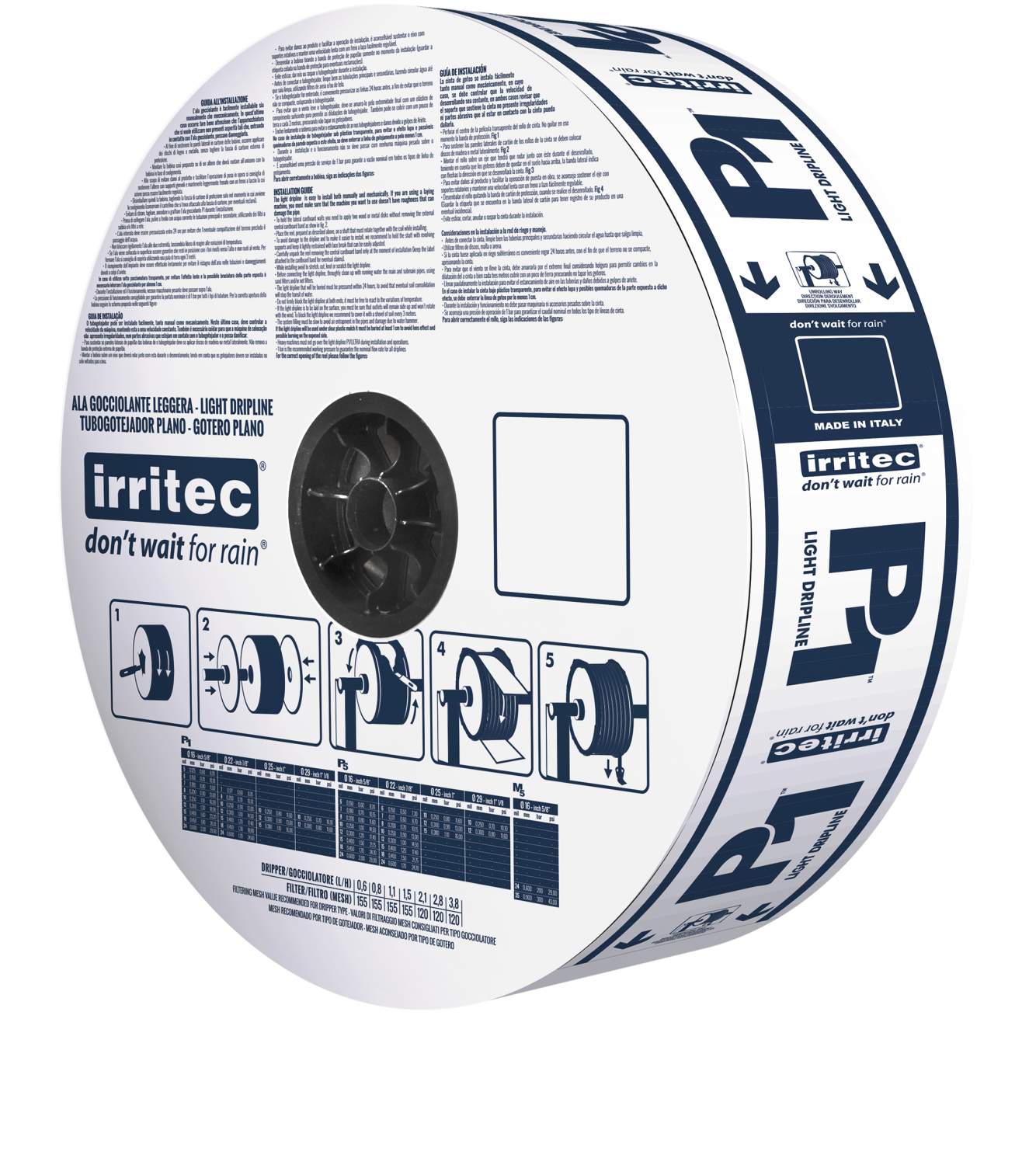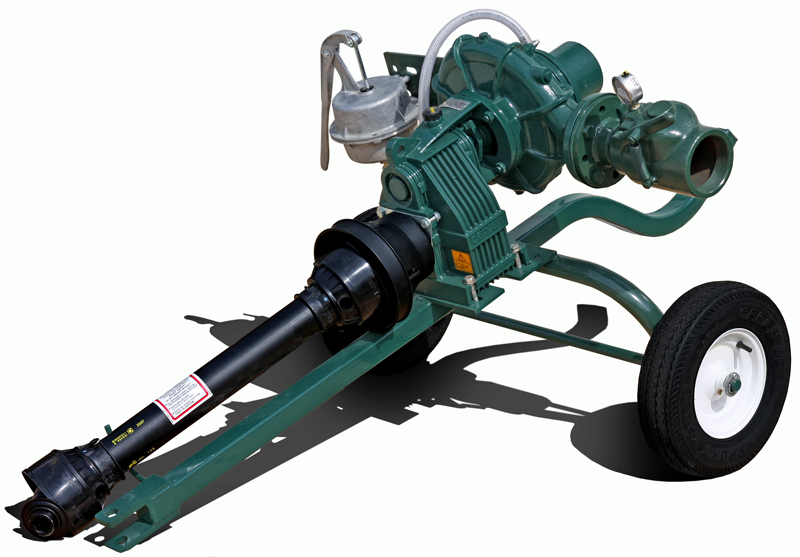There is a lot of conflict today about “taking prime agricultural land out of production for solar energy”. Fortunately, this is not the only option. There is a growing base of research that shows that agriculture and solar farming can co-exist.
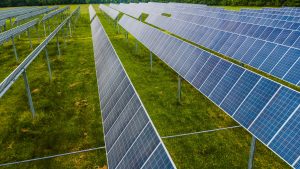
Crops can coexist with solar panels
One article that discusses this head-on is Growing crops under solar panels makes food—and healthier solar panels
Rather than assuming that it is either crops or solar panels, they discuss Agrivoltaics (the technical term for using land for both solar energy and crops).
Agrivolatics is about meeting several objectives, explains Max Zhang, a professor of mechanical engineering at Cornell University and senior author of a study recently published in Applied Energy on those benefits to solar panels. “We have an imperative need to deploy renewable energy as much as we can to combat the impact of climate change, but at the same time, there’s also an important need to preserve farmland for food security,” he says. “It’s a challenge.” It can be easy to focus on the trade-offs—how crops and panels are both competing for solar radiation, for example—but it’s important to show the benefits, too.
In many ways, the relationship between crops and solar panels can be synergistic. The crops perform better because the solar panels provide a barrier from overheating due to the partial shade provided. Since they also are mounted higher off the ground than normal, they allow for a corridor of water evaporation that provides a cooling effect to the plants – and for the solar panels themselves. By keeping the solar panels cooler they operate more efficiently and last longer. And the plants that grow below the panels need less water since they experience less evaporation.
If we can continue to find ways for agriculture and solar energy to co-exist, we can feed the community with food and energy generated from less space.
Another interesting technology is the development of vertical solar panel systems – designed to be used be used between the crop rows and instead of being constructed in the traditional horizontal manner, they are designed to be mounted vertically – up, not out.
As with many difficult issues that face us, the answer to our growing needs for agricultural production and the need for clean energy does not have to be us versus them. Success will be measured by our ability to continue to find ways to solve both problems using common solutions that embrace multiple technologies.


